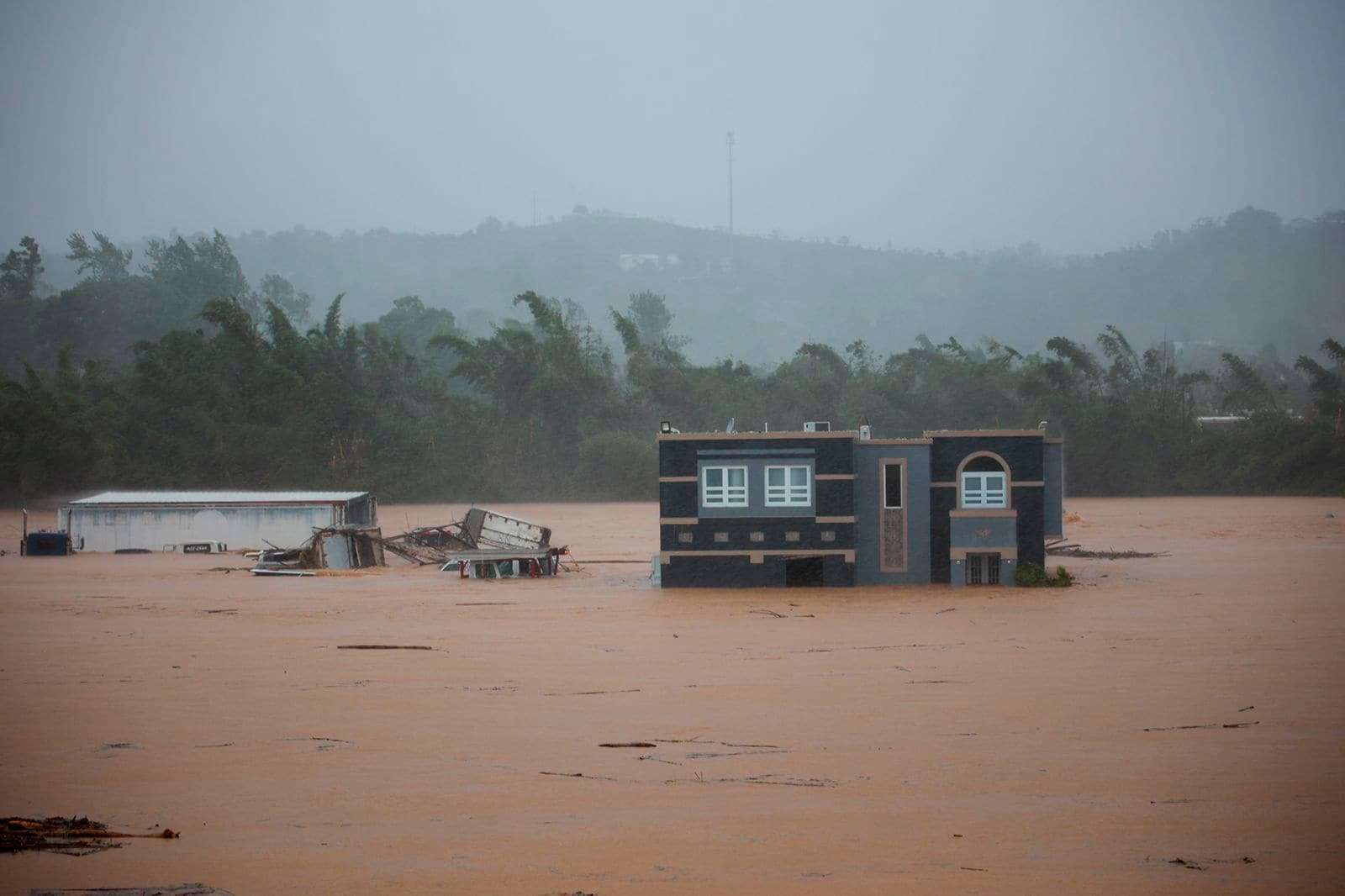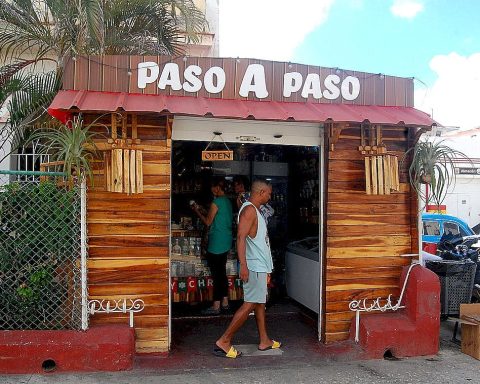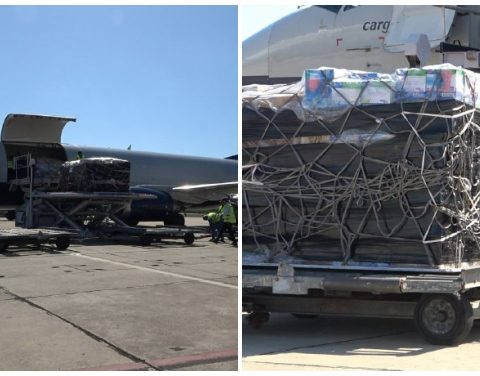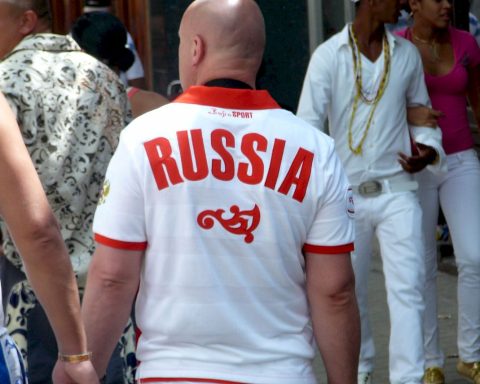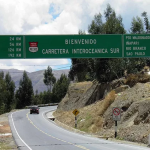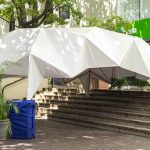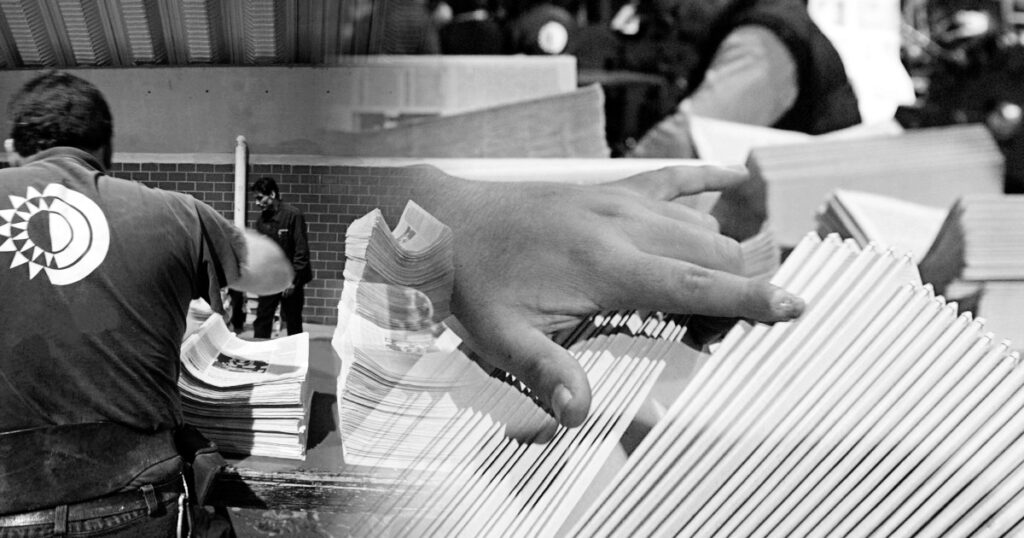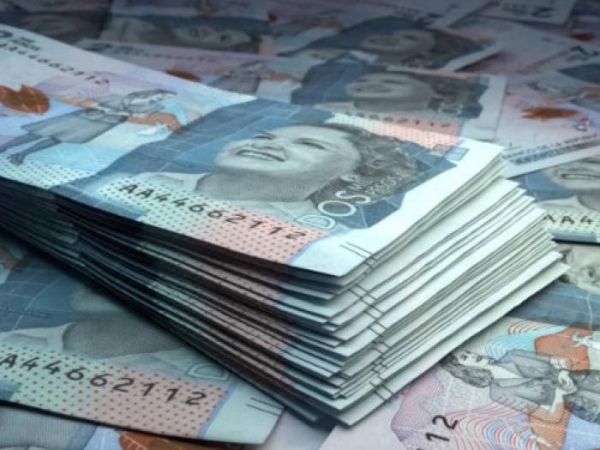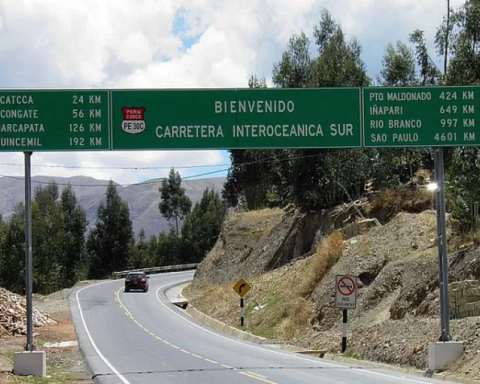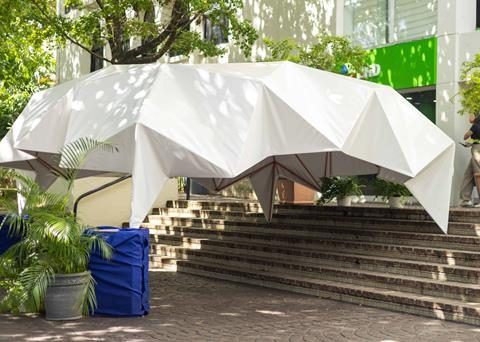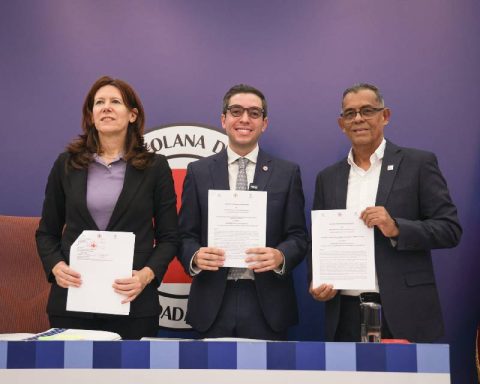Hurricane Fiona hit the southwestern coast of Puerto Rico on Sunday with landslides, downing of the power grid and lifting of the asphalt of the roads. Hundreds of people were rescued across the island due to rapidly rising waters. Rivers of brown water engulfed cars, first floors and even a runway in the southern region of the island.
Forecasters predicted the hurricane threatened to dump record levels of rain on Sunday and Monday, with a chance of up to 30 inches (76 centimeters) in eastern and southern Puerto Rico.
Fiona was centered 75 kilometers (45 miles) south-southeast of Punta Cana, Dominican Republic, with maximum sustained winds of 140 kph (85 mph) on Sunday night, according to the US National Hurricane Center.
Fiona struck on the anniversary of Hurricane Hugo, which struck Puerto Rico 33 years ago as a Category 3 storm. Storm clouds blanketed the entire island and tropical storm-force winds extended up to 140 miles (220 kilometers) from the center of Fiona. .
Fiona arrived just two days before the anniversary of Hurricane Maria, a devastating Category 4 phenomenon that hit the island on September 20, 2017, destroying the power grid and causing almost 3,000 deaths. Infrastructure remains weak, including the power grid. Service outages are still common.
Fiona was forecast to hit cities and towns along the southern coast of Puerto Rico that have yet to fully recover. More than 1,000 people with about 80 pets had sought shelter across the island by Sunday night, most on the south coast. The governor of Puerto Rico activated the National Guard as the sixth named storm of the Atlantic hurricane season approached.
The event destroyed a bridge in the central mountain city of Utuado, installed by the National Guard in the aftermath of Hurricane Maria in 2017. Large landslides with water running down large slabs of broken asphalt and into ravines were also reported.
Luma, the company that operates power transmission and distribution, said bad weather, including 80mph winds, had disrupted transmission lines, causing “an island-wide blackout.”
“The damage we are seeing is ‘catastrophic,'” Governor Pedro Pierluisi said. “Current weather conditions are extremely dangerous and are hampering our ability to assess the full situation.” He said it could take several days to fully restore power.
Health centers were running on generators, and some failed. Health Secretary Carlos Mellado said workers rushed to repair generators at the Comprehensive Cancer Center, from where several patients had to be evacuated.
